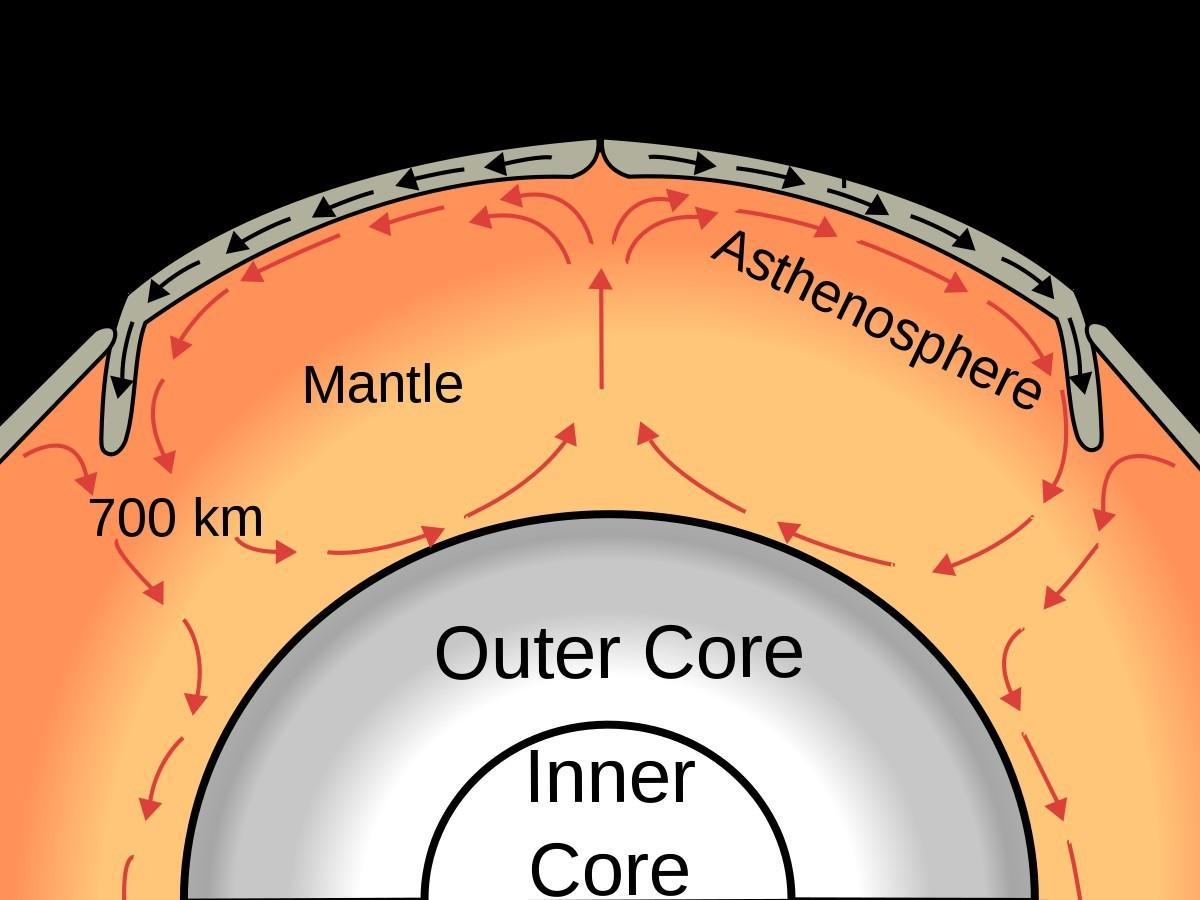1. Which of the following describes an arithmetic sequence? A. A sequence in which a term is formed by adding any number to the preceding term. B. A sequence in which there is an equal difference between consecutive terms. C. A sequence in which a term minus the preceding term is always positive. D. A sequence in which terms follows a pattern 2. Which of the following statements will let you obtain the common difference of an arithmetic sequence? A. Divide the first term by the second term of the sequence. B. Subtract the first term from the second term of the sequence.C. Subtract the second term from the first term of the sequence D. Divide the second term by the first term of the sequence 3. What are the next three terms of the sequence 3,5,8,12,...? A. 15, 18, 24 B. 16, 19, 23 C. 17,23,30 D. 18,23,30 4. Which is the next ordered pair in the pattern (1,4),(3,8),(5,12).? A. (6,10) B. (8, 14) C. (9, 13) D. (7,16) 5. Find the nth term of the sequence: 5,7,9,11,... A. 2n + 3 B. 2n2 - 1 C. 2-5n D.n? +3 6. What is the 9th term of the sequence 15, 11, 7,3,-1, ...? A. - 12 B. - 17 C. - 19 D. - 21 7. Which of the following shows arithmetic sequence?A. 1/2, 1/4, 1/8, 1/16B.2,4,8,16C. -10,-5,0,5D. 3,9,27,818. Find the first 3 terms of the sequence an 2n² - 1.A. 3, 10, 17 B. 1, 7, 17 C. 2,8,15 D. 4,9,13 9. Which is not true about the arithmetic sequence: 33,27,21,15? A. The 6th term is 3. B. The 10th term is - 21.C. The common difference is 7.D. The 8th term is-9 10. Which of the following is the common difference of the arithmetic sequence: 1 ½ , 2, 2 ½, 3, 3 ½? A. 3/2B. 1/2 C.3/4D.1/2 11. Which term of the arithmetic sequence -8,- 1, 6, 13, 20, ... is 55? A. 10th term B. 8th term C. 12th term D. 14th term 12. Insert two arithmetic means between 18 and 57. A. 25,43 B. 26,44 C. 31,44D. 35,47 13. Find the nth term of the arithmetic sequence given that: a1 =6 d= -4 n=15A. 15th = 104 B. 15th = -94 C. 15th = 83D. 15th = -50

